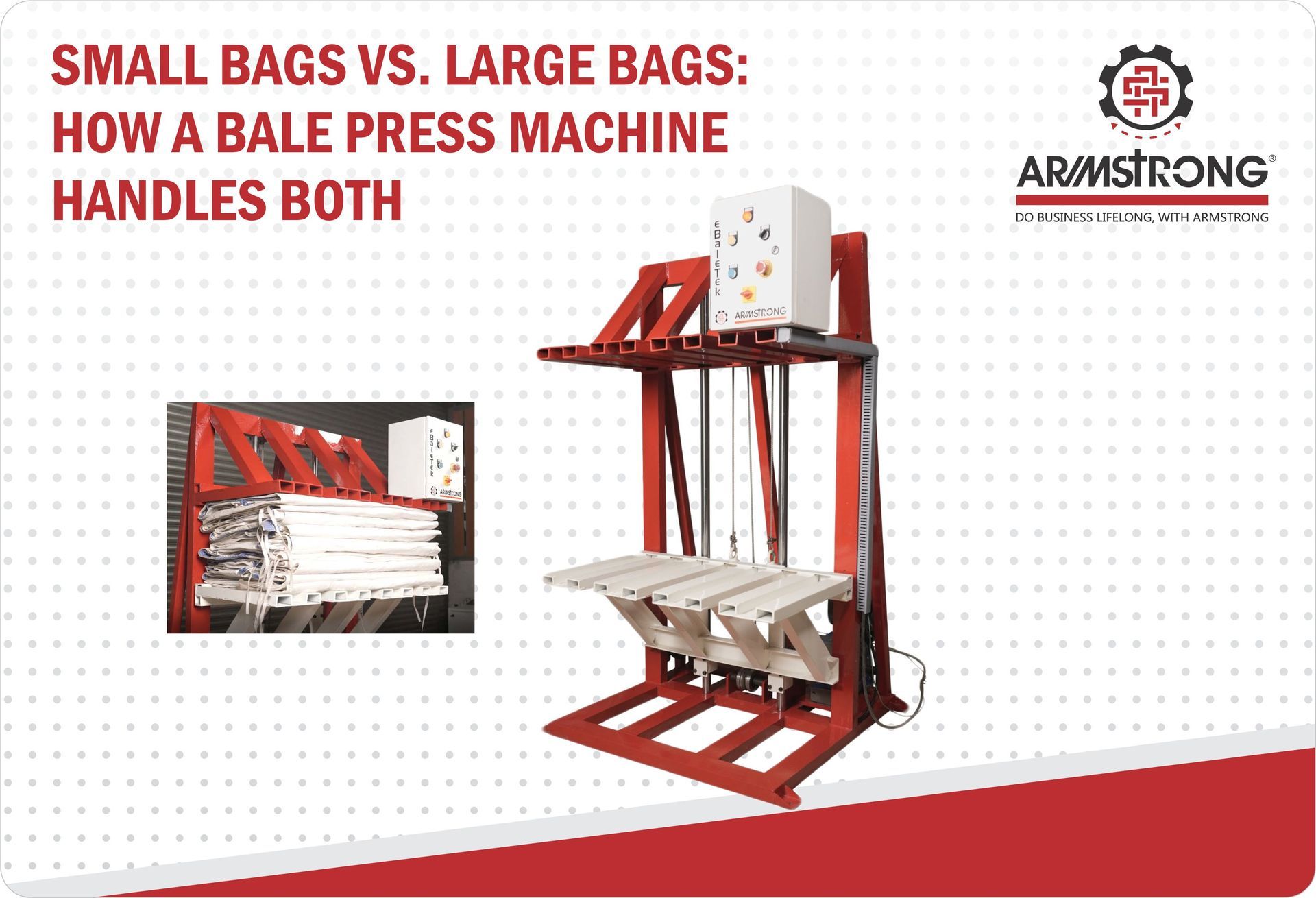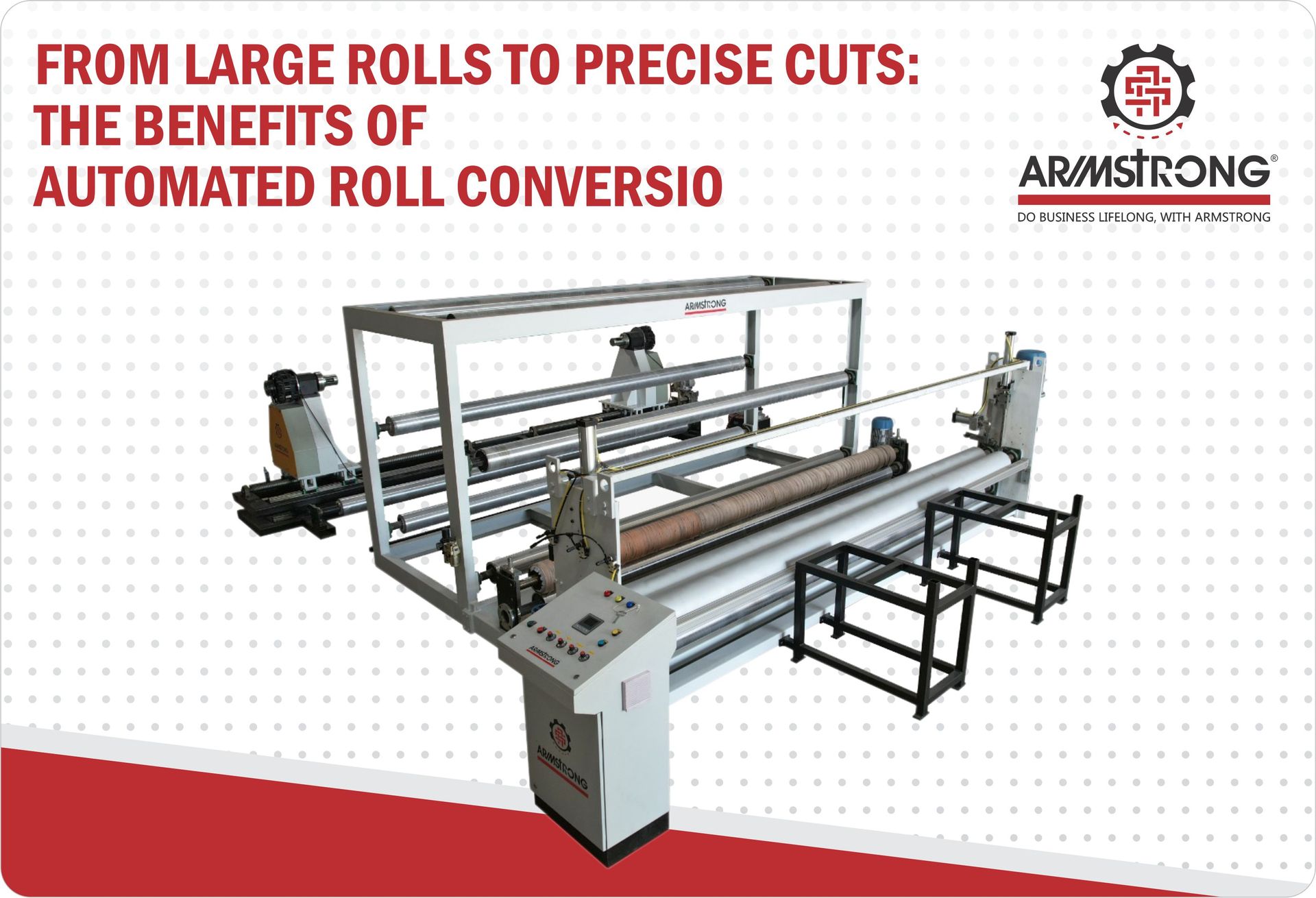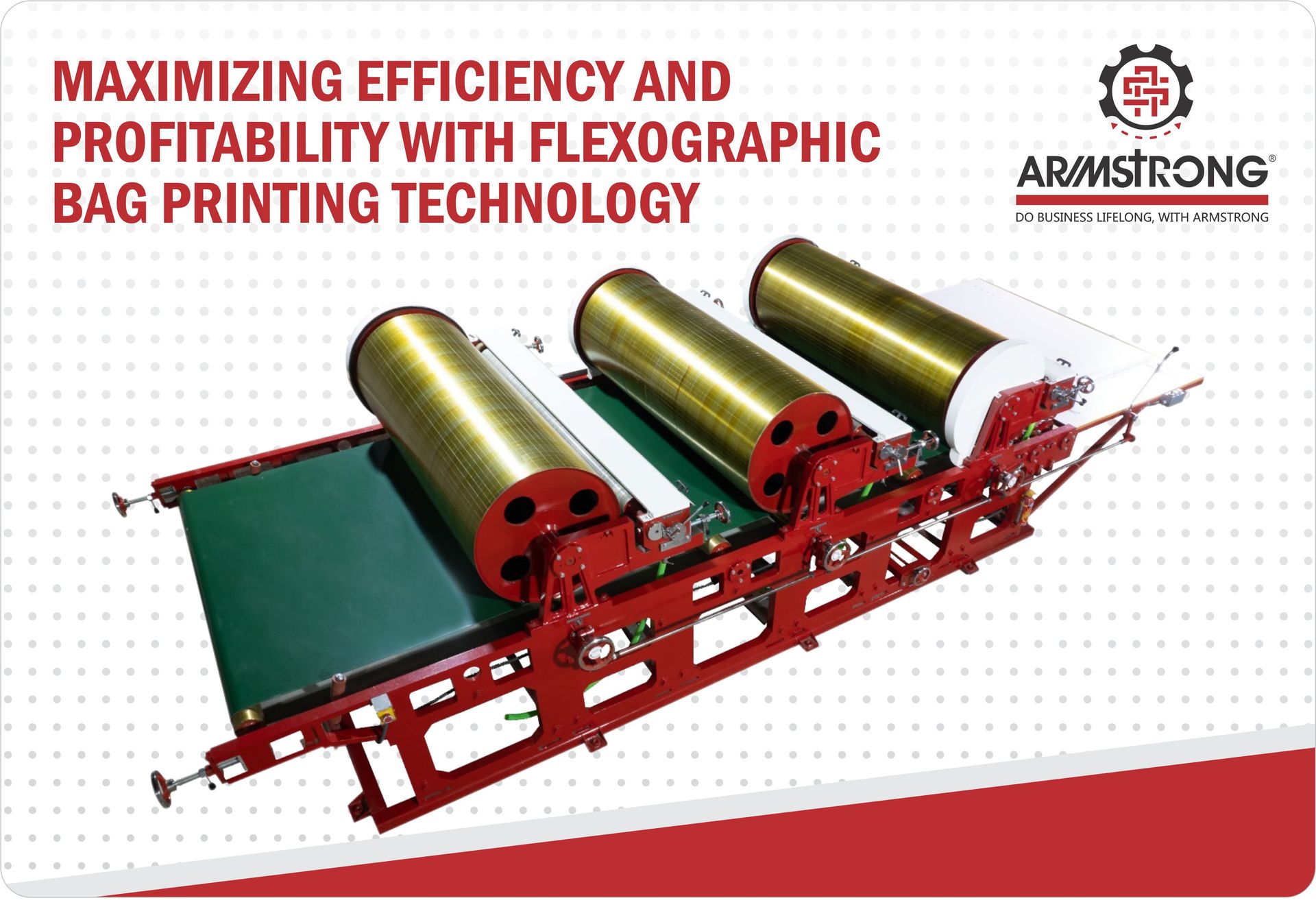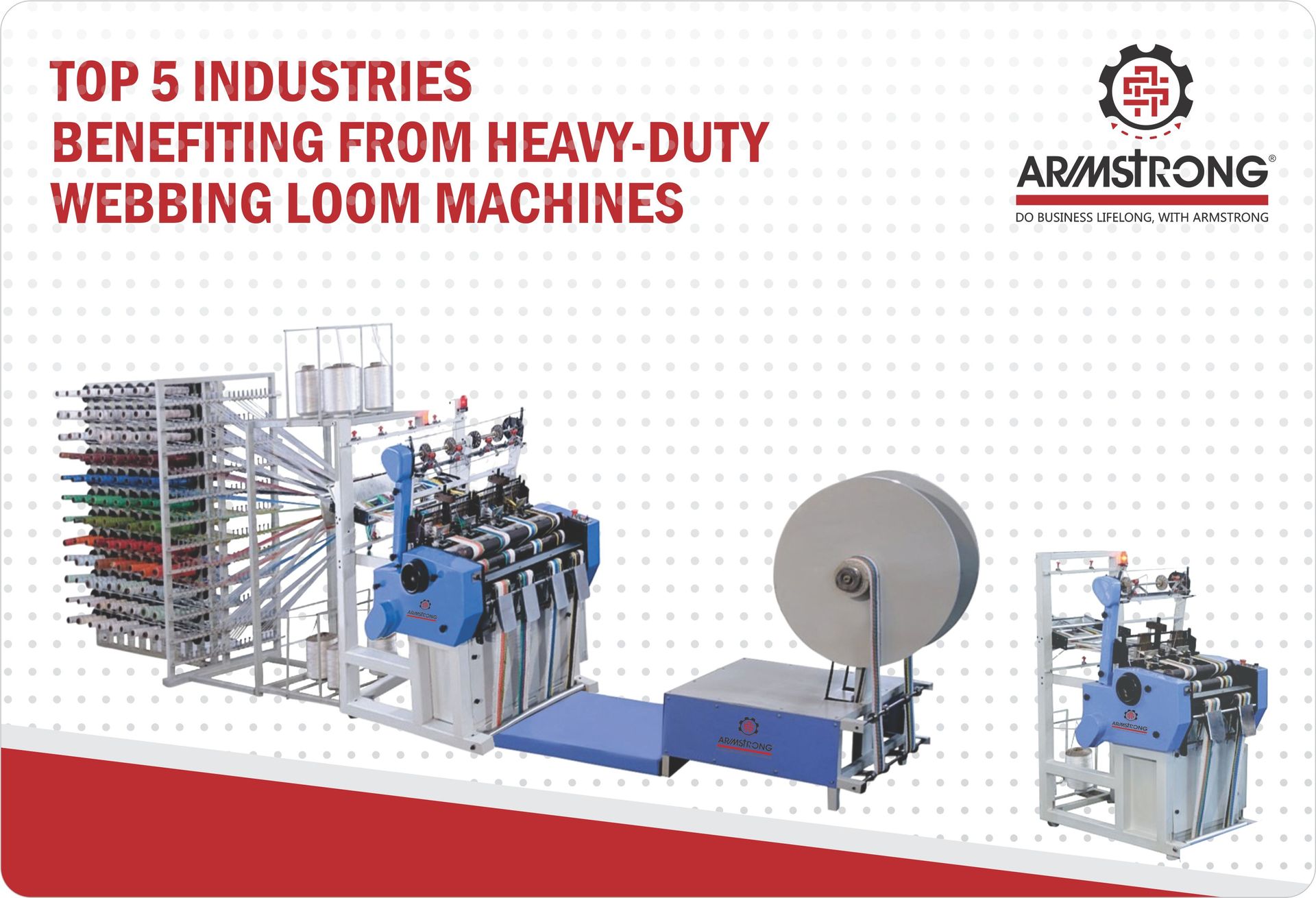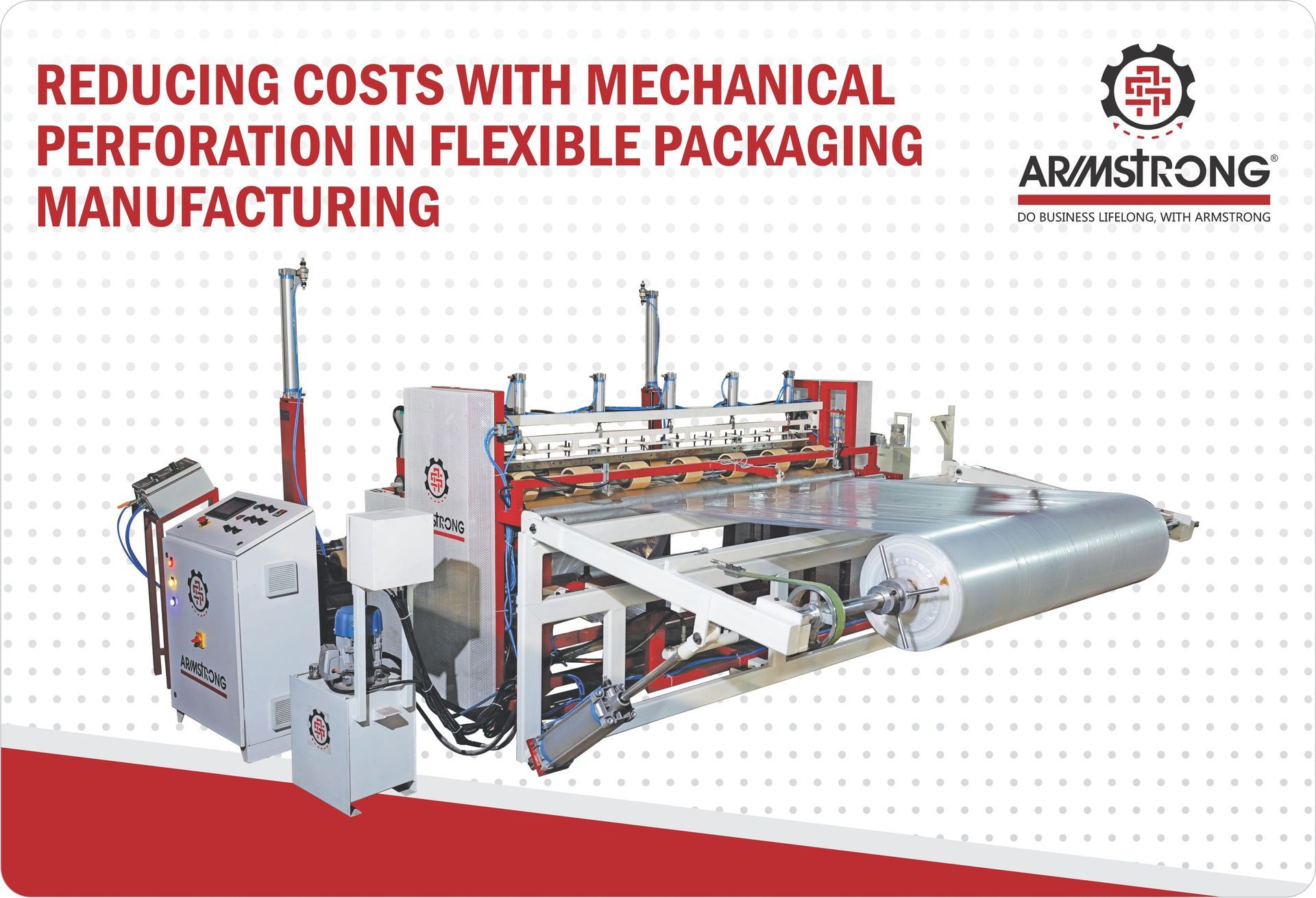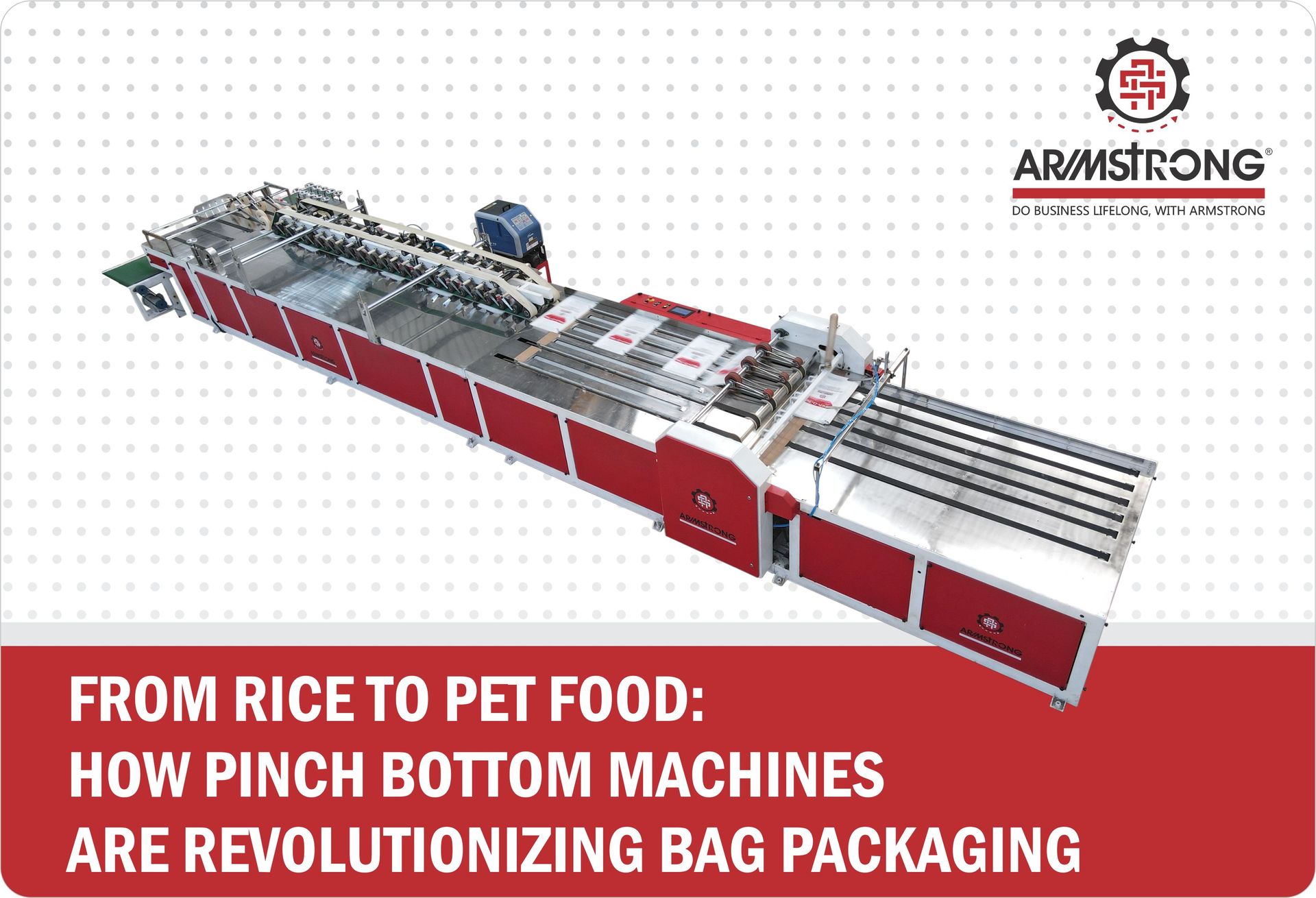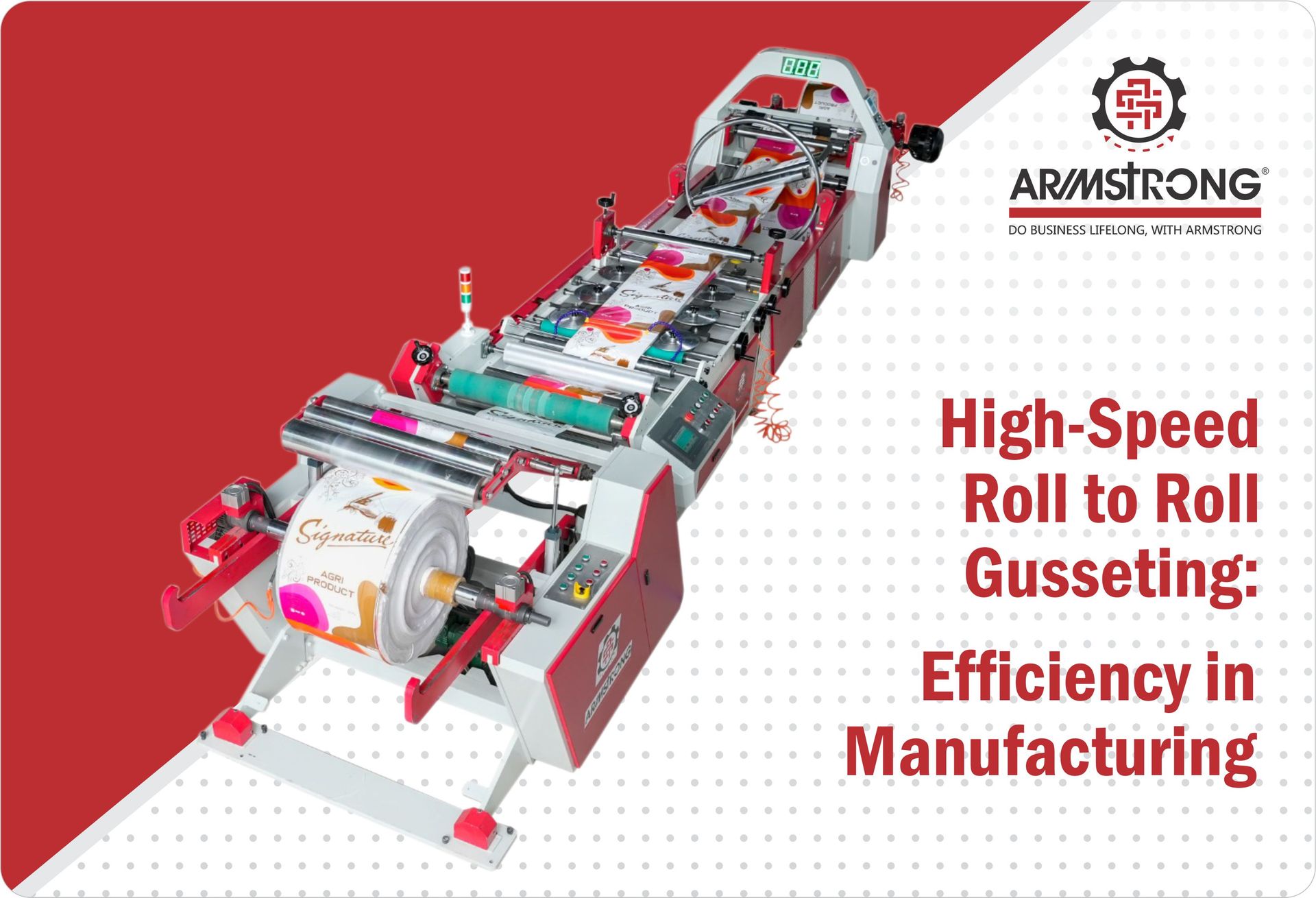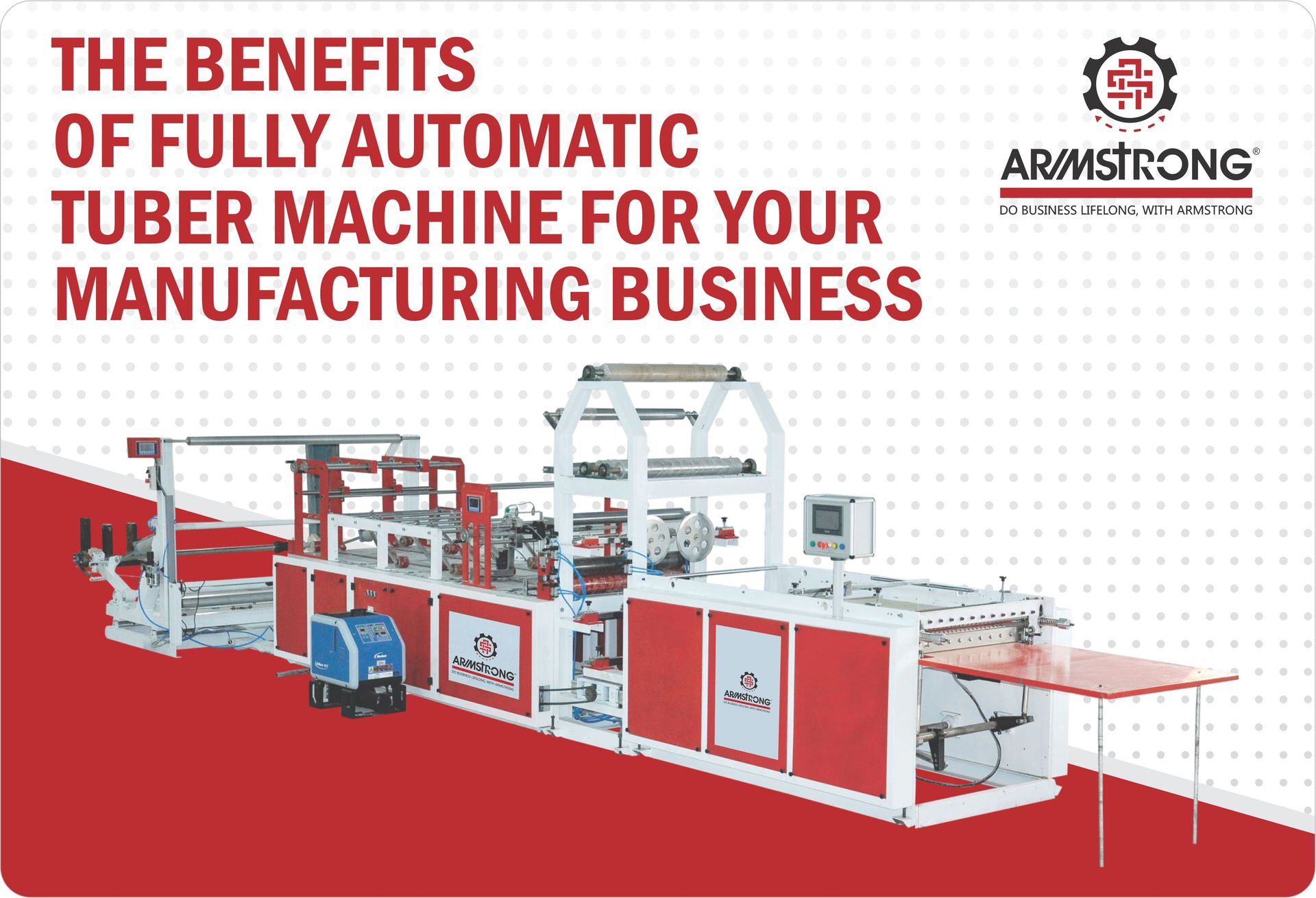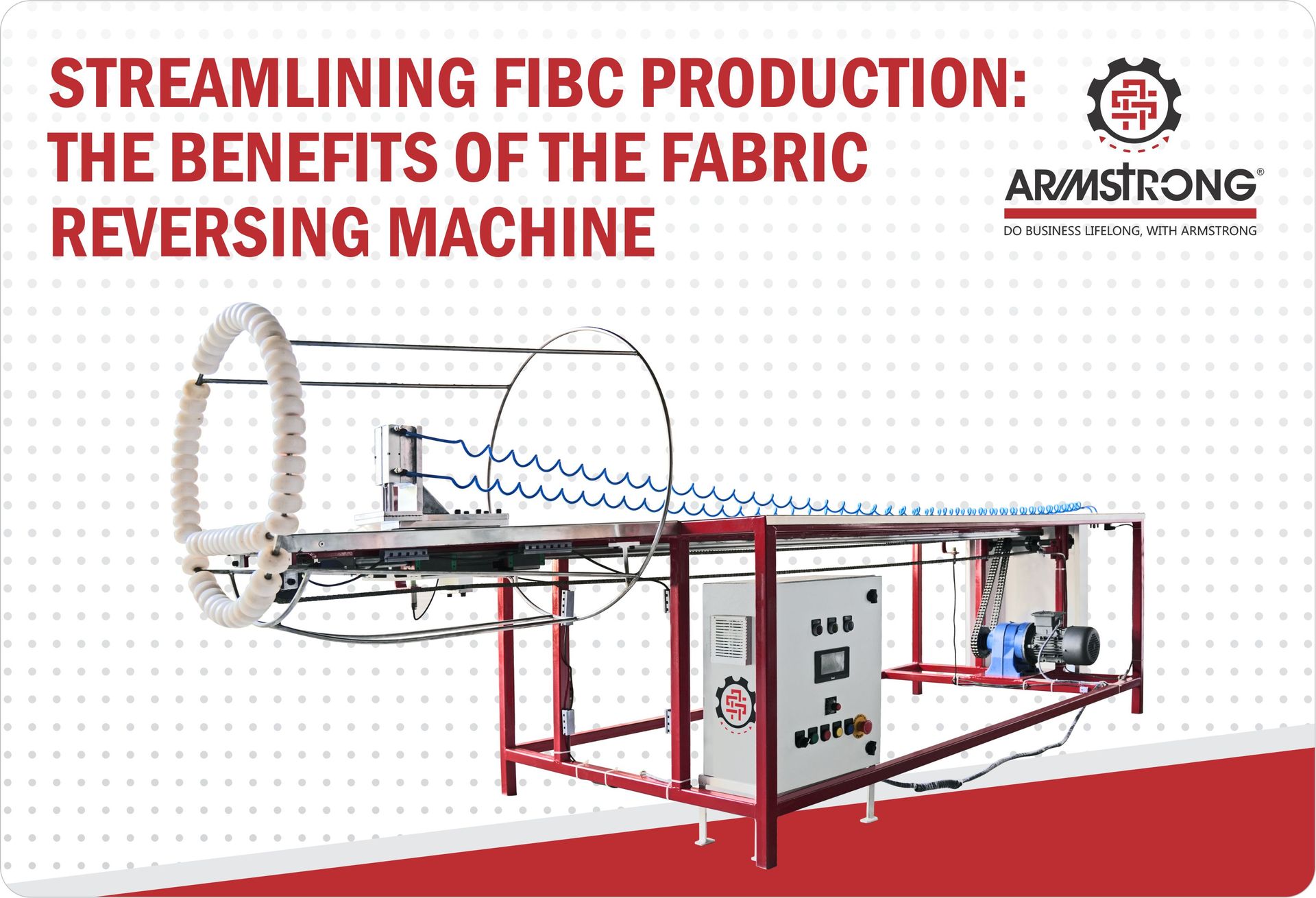Get in touch
555-555-5555
mymail@mailservice.com
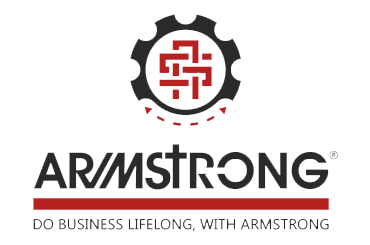
How Automation in Sewing Machines Can Reduce Labor Costs & Increase Output
How Automation in Sewing Machines Can Reduce Labor Costs & Increase Output
In the manufacturing world, the demand for efficiency, high output, and cost reduction is more significant than ever. One area where automation has shown immense benefits is in sewing machines, especially for industries like packaging, agriculture, and textiles.
With automation in sewing machines, businesses can streamline their operations, improve production speed, and, most importantly, reduce labour costs. This blog explores how automated sewing machines, such as the ones offered by Armstrong, can revolutionize your production line and help you stay ahead in a competitive marketplace.
The Growing Need for Automation in Manufacturing
Manufacturers across various sectors are increasingly turning to automation to boost productivity and reduce operational costs. While traditional sewing machines are manual and require significant human intervention, automated machines integrate advanced technologies that simplify tasks, reduce the need for labour, and enhance the consistency of the end product.
In industries like packaging and textiles, sewing plays a crucial role in creating products such as PP bags, BOPP bags, HDPE bags, and even paper bags. These materials need to be sewn quickly and efficiently to meet high-volume demand.
This is where automation steps in drastically cutting down the time required for sewing, increasing the speed of production, and providing manufacturers with the flexibility to meet deadlines without sacrificing quality.
Key Features of Automated Sewing Machines
Automated sewing machines are specifically designed to handle the challenges associated with sewing heavier and more durable materials like PP bags and HDPE bags. Armstrong's advanced sewing machines come with a range of features that contribute to significant improvements in labour costs and output:
1.High-Speed Performance
One of the most significant advantages of automated sewing machines is their high-speed performance. These machines can stitch at speeds that far surpass the capabilities of manual labour, reducing the time spent on each unit and increasing overall output.
In industries like packaging, where thousands of bags need to be sewn daily, this increase in speed can be a game-changer.
2. Auto Thread Cutter
In traditional sewing, cutting the thread manually after every seam is a time-consuming process that slows down the production flow.
Automated sewing machines, like the ones from Armstrong, are equipped with auto thread cutters, eliminating the need for operators to stop and cut the thread after every stitch. This feature lowers the possibility of human error while increasing efficiency.
3. Heavy-Duty Construction
Manufacturing bags from thick, durable materials such as PP and HDPE requires a machine that can handle heavy-duty materials without compromising performance. Armstrong's sewing machines are specifically built for this purpose.
With strong construction, these machines can handle the most challenging materials, ensuring high performance even in demanding environments.
4. Adjustable Stitch Length and Tension
Every product has its specific stitching requirements. Whether the bag is made from a delicate material or a heavy-duty one, having control over the stitch length and tension ensures the final product's durability and quality.
Armstrong's automated sewing machines allow manufacturers to adjust these parameters easily, ensuring that each stitch is perfectly suited to the material being sewn. This level of precision is something manual labour often cannot provide consistently.
5. Multiple Needle Options
Automated machines, such as Armstrong's, can be customized to use multiple needles, offering greater flexibility in stitching. This is particularly useful in the production of bags with varied stitching patterns.
The ability to use multiple needles simultaneously enhances the efficiency of the process, allowing more bags to be sewn in less time, which directly boosts output.
6. Ergonomics and User Interface
User-friendliness is another critical aspect of automated sewing machines. Armstrong's machines are designed with ergonomics in mind, offering intuitive user interfaces that make it easy for operators to set up, monitor, and adjust the machine.
This ease of use reduces the training time for new operators and helps optimize the machine's efficiency.
How Automation Helps in Reducing Labor Costs
Labour costs are one of the biggest operational expenses in any manufacturing facility. By introducing automation into the sewing process, companies can significantly reduce these costs. Here's how:
1. Minimized Need for Manual Labor
With traditional sewing machines, operators are required to perform numerous manual tasks, including threading the machine, cutting threads, and ensuring the seam is uniform.
Automated sewing machines perform these tasks automatically, requiring fewer operators and less human intervention. This shift reduces the overall need for skilled labour, which can be both expensive and time-consuming to train.
2. Lower Risk of Human Error
Human errors can lead to defective products, rework, and additional labour costs. For example, a poorly sewn seam on a PP bag can result in a bag that is not durable enough for packaging heavy materials. Automated machines eliminate the likelihood of errors caused by human fatigue or inattention, ensuring consistent, high-quality results with every stitch.
3. Reduced Labor Overtime
With automated sewing machines, high-speed operation enables manufacturers to meet demanding production schedules without the need to extend working hours or pay overtime wages to workers. This not only reduces the cost of labour but also prevents burnout among employees, which can lead to higher turnover rates.
4. Less Training and Skill Development Needed
Automated machines, particularly those with user-friendly interfaces, require less specialized training compared to traditional machines. Operators can be trained more quickly, which further reduces labour costs.
This also allows for a more flexible workforce, as workers can easily transition between different tasks and machines without needing highly specialized skills.
How Automation Increases Output
1. Higher Production Speeds
Automated sewing machines can run continuously without the need for breaks, significantly increasing production speeds. The ability to sew at higher speeds while maintaining precision and consistency ensures that more products are produced in less time. Whether it's producing BOPP bags for packaging or HDPE bags for agricultural use, automation can meet high-volume demands effortlessly.
2. Consistent Quality
Automation ensures that each bag is sewn with uniform stitching, providing consistent quality across all products. This is particularly important in industries where quality control is crucial, such as food packaging or agricultural products. By reducing the risk of defects, manufacturers can avoid costly returns, reworks, or damaged goods.
3. Continuous Operation
Unlike manual labour, automated machines can run continuously, making them ideal for factories with high production demands.
Automated sewing machines, particularly those with features like auto thread cutters, multiple needle options, and adjustable tension, are capable of operating non-stop for long shifts, allowing factories to meet tight deadlines without compromising on quality.
4. Optimized Downtime
While manual sewing machines require frequent maintenance and rest periods, automated machines are designed for continuous use with minimal downtime.
Armstrong's machines come with automatic lubrication systems, reducing the frequency of maintenance checks and ensuring that the machine operates at optimal levels for longer periods. This further increases the output and reduces the time spent on maintenance and repairs.
How does automation directly impact your bottom line?
By automating sewing tasks, businesses can produce more units per hour, reduce defects, and minimize labour costs, all of which contribute to an improved bottom line and higher profitability.
Conclusion
The advantages of automation in sewing machines are undeniable. By incorporating automated features like high-speed performance, auto thread cutters, and heavy-duty construction, Armstrong's sewing machines help businesses across industries like packaging, textiles, and agriculture significantly reduce labour costs and increase their output.
Automation provides the opportunity to stay competitive in a world where speed, efficiency, and quality are key differentiators. Whether you're sewing BOPP bags, PP bags, HDPE bags, or paper bags, Armstrong's machines are built to handle the toughest materials with ease and precision.
If you want to revolutionize your production line, reduce labour costs, and boost output, get in touch with Armstrong today. Our advanced sewing machines offer solutions tailored to meet the needs of your business, ensuring long-term success and profitability. Contact Armstrong now and experience the power of automation for yourself!
The one and only complete solution providers of high-quality industrial finishing machines and spare parts.
079-27543747 | +91 63587 40011/16
info@armstrongex.com
Address
OFFICE
501, ‘Sarap’, Opposite Navjivan Press
Ahmedabad, GJ - 380014, India
FACTORY
Unit 1
Plot no. A2/502-1,
Opp. Indo-German Tool Room
Phase - 4, GIDC Estate
Vatva, Ahmedabad, Gujarat 382445, India
Unit 2
44+45/A/1, Near. Ambica Bridge, Phase - I, Vatva GIDC, Ahmedabad, Gujarat 382445
